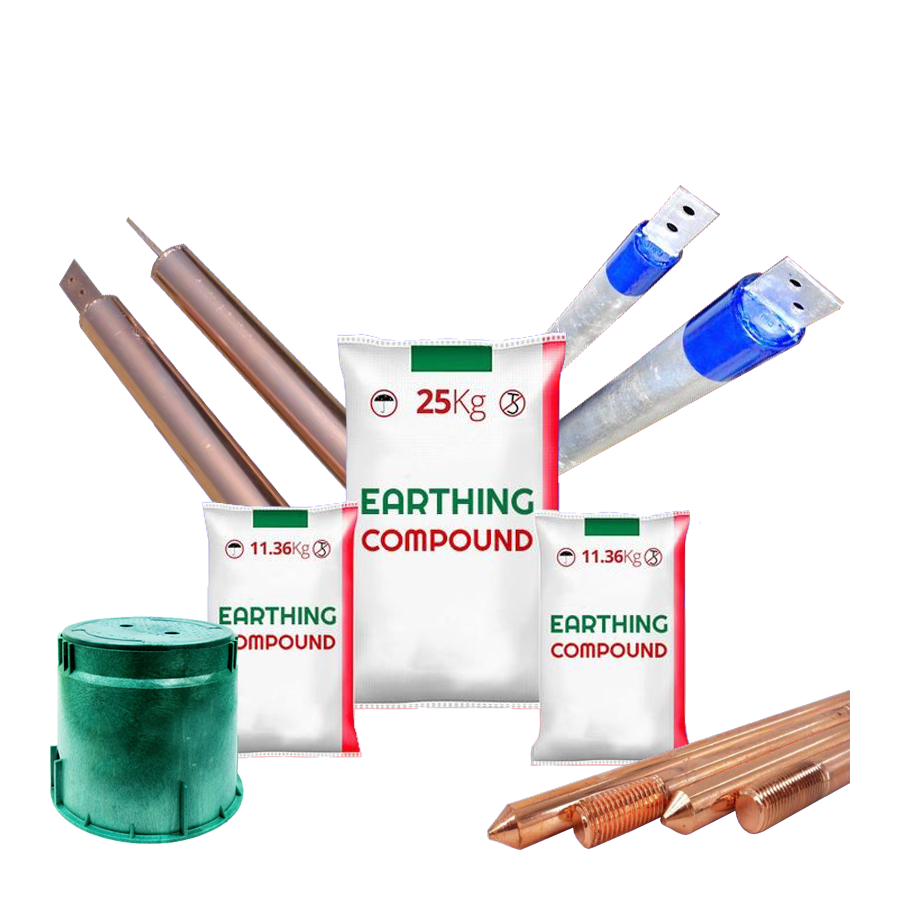A lightning arrester is a device used to protect electrical systems from lightning strikes. It operates by providing a low impedance path for the high voltage lightning surge to ground. In this article, we will discuss the working principle of ESE (Early Streamer Emission) lightning arresters. We will start with a brief overview of the types of lightning arresters available in the market, followed by the working principle of ESE lightning arresters. We will then discuss the advantages and disadvantages of ESE lightning arresters and conclude with some examples of their applications.
Types of Lightning Arresters
There are three types of lightning arresters available in the market, which are:
Rod Gap Arresters
Rod gap arresters are the oldest type of lightning arresters. They consist of two electrodes separated by a small air gap. When a high voltage surge occurs, the air between the electrodes ionizes, providing a low impedance path to ground. Rod gap arresters are inexpensive but have some limitations. They have a high spark-over voltage and a long response time.
Metal Oxide Arresters
Metal oxide arresters are the most common type of lightning arresters used today. They consist of a stack of zinc oxide discs sandwiched between two metal plates. When a high voltage surge occurs, the zinc oxide discs conduct the surge to ground. Metal oxide arresters have a low spark-over voltage and a fast response time.
Early Streamer Emission (ESE) Arresters
ESE arresters are the newest type of lightning arresters. They use a special design to create a streamer of ionized air before a lightning strike occurs. This streamer provides a low impedance path to ground, preventing the lightning from striking the protected structure. ESE arresters have a lower cost than traditional lightning protection systems and are more effective in protecting structures.
Working Principle of ESE Lightning Arresters
ESE lightning arresters operate on the principle of early streamer emission. The device contains a metal rod or mesh that is connected to a low impedance path to ground. When a high voltage surge occurs, the ESE arrester produces an upward streamer of ionized air from the tip of the rod or mesh. The streamer attracts the lightning to the rod, preventing it from striking the protected structure.
The design of the ESE arrester is critical to its performance. The device must be placed at the highest point of the protected structure to provide the most effective protection. The height of the ESE arrester must also be greater than the height of any nearby objects. This ensures that the ESE arrester is the most attractive target for the lightning.
The ESE arrester contains a triggering system that causes the device to produce a streamer of ionized air when the electric field strength exceeds a predetermined threshold. The triggering system may be based on a spark gap or a semiconductor device. The triggering system must be carefully designed to ensure that the ESE arrester produces a streamer of ionized air before the lightning strikes.
Advantages of ESE Lightning Arresters
ESE lightning arresters have several advantages over traditional lightning protection systems. These advantages include:
Cost
ESE lightning arresters are less expensive than traditional lightning protection systems. This makes them an attractive option for many applications.
Low Maintenance
ESE lightning arresters require little or no maintenance. They are designed to be self-cleaning, meaning that any debris or contaminants that accumulate on the device will be washed away by rain.
Effectiveness
ESE lightning arresters are more effective than traditional lightning protection systems. They provide a low impedance path to ground, preventing the lightning from striking the protected structure.
Easy to Install
ESE lightning arresters are easy to install. They require no special tools or equipment, and can be installed by a single person.
Applications of ESE Lightning Arresters
ESE lightning arresters are used in a variety of applications to protect structures and equipment from lightning strikes. Some of the most common applications of ESE lightning arresters include:
Residential and Commercial Buildings – ESE lightning arresters are used to protect residential and commercial buildings from lightning strikes. They are installed on the roof of the building and provide a low impedance path to ground.
Industrial Facilities – ESE lightning arresters are used to protect industrial facilities from lightning strikes. They are installed on the roof of the facility and provide a low impedance path to ground.
Telecommunications and Broadcasting Towers – ESE lightning arresters are used to protect telecommunications and broadcasting towers from lightning strikes. They are installed at the top of the tower and provide a low impedance path to ground.
Airports – ESE lightning arresters are used to protect airports from lightning strikes. They are installed on the air traffic control tower and other structures in the airport.
In conclusion, ESE lightning arresters are an effective and cost-efficient solution for protecting structures and equipment from lightning strikes. They operate on the principle of early streamer emission and provide a low impedance path to ground. ESE lightning arresters have several advantages over traditional lightning protection systems, including lower cost, greater effectiveness, ease of installation, and low maintenance. However, they also have some limitations that must be considered, such as limited coverage area, dependence on weather conditions, and the need for proper installation. ESE lightning arresters are used in a variety of applications, including residential and commercial buildings, telecommunications and broadcasting towers, industrial facilities, and airports.


